 Pacific Northwest College of Art
Pacific Northwest College of Art
By Bob Hicks
This afternoon I drove into Northwest Portland to the Pacific Northwest College of Art to see the new exhibit of work by Bonnie Bronson, the Oregon City painter and sculptor who died in 1990 in a mountaineering accident. The show is the linchpin of a major citywide Bronson retrospective, which also includes exhibits at Lewis & Clark College, Elizabeth Leach Gallery and other exhibition spaces, and it’s well worth seeing: more on it later.
In PNCA’s little Corner Gallery just around the bend from the Bronson exhibit I discovered a small selection of prints by another Portland old-timer overdue for a revival of interest, Jack McLarty, and it delighted me. I’d been thinking about McLarty in the past few months, knowing he was getting older and wasn’t in the best of health, hoping someone might put together a retrospective or even a full-career catalog. And while this was just a very small show, it seemed like a beginning.
Then I discovered that Jack had died on July 10, at age 92. Because I’d been out of town (my own father had died two days earlier, at 94) I’d missed the news. This small show, it turns out, is a memorial. Assembled by artist Stephen Leflar, it opened on Aug. 4 and closes this coming Monday, Sept. 12, which means you don’t have long to catch it.
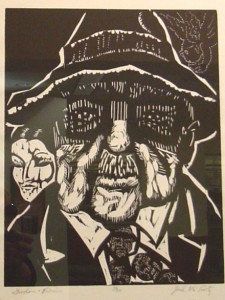 I never really knew Jack, although I talked with him several times. In the 1970s and ’80s I used to frequent the old Image Gallery that he and his wife Barbara ran downtown, a pioneer space that included Inuit and Mexican and other “folk” art in addition to McLarty’s own brand of homegrown modernism — pretty much no one of note was as intensely a Portland artist as he was. I reviewed a couple of his shows, briefly, and always enjoyed the long chatty letters that Barbara sent out, blends of professional marketing and family updates. I sometimes thought of McLarty as a sort of flip-side Henk Pander, a socially aware chronicler of the life directly around him, the Loki of the Portland art scene to the younger Pander’s reluctant Odin. All right, that’s an exaggeration. McLarty and Pander are both more and less than that. But they are that, too. One of my fears was that when Jack died he’d be forgotten, because I knew it was happening already. I also knew that only those who somehow hit it big are remembered beyond their own generation, and although I’m OK with that — it’s the way of the world — I also think that in certain cases it’s something of a shame. Because to me, Jack McLarty spoke to the spirit of a quickly vanishing Portland, a Portland that wasn’t necessarily better than the city it’s become but that was decidedly, and often fascinatingly, different — more independent, more rowdy, more straitlaced, more raw, less stuck on itself. It was a town that could be racist and uptight and wide open and generous at the same time, a place where cowboys and Greek sailors and slumming Ivy Leaguers liked to come to have a good time, which they were allowed to have, as long as they didn’t stray too far out of line or try to stick around and vote. Jack seemed to see all of that, and spoke to it in a way that artists can and politicians can’t or won’t.
I never really knew Jack, although I talked with him several times. In the 1970s and ’80s I used to frequent the old Image Gallery that he and his wife Barbara ran downtown, a pioneer space that included Inuit and Mexican and other “folk” art in addition to McLarty’s own brand of homegrown modernism — pretty much no one of note was as intensely a Portland artist as he was. I reviewed a couple of his shows, briefly, and always enjoyed the long chatty letters that Barbara sent out, blends of professional marketing and family updates. I sometimes thought of McLarty as a sort of flip-side Henk Pander, a socially aware chronicler of the life directly around him, the Loki of the Portland art scene to the younger Pander’s reluctant Odin. All right, that’s an exaggeration. McLarty and Pander are both more and less than that. But they are that, too. One of my fears was that when Jack died he’d be forgotten, because I knew it was happening already. I also knew that only those who somehow hit it big are remembered beyond their own generation, and although I’m OK with that — it’s the way of the world — I also think that in certain cases it’s something of a shame. Because to me, Jack McLarty spoke to the spirit of a quickly vanishing Portland, a Portland that wasn’t necessarily better than the city it’s become but that was decidedly, and often fascinatingly, different — more independent, more rowdy, more straitlaced, more raw, less stuck on itself. It was a town that could be racist and uptight and wide open and generous at the same time, a place where cowboys and Greek sailors and slumming Ivy Leaguers liked to come to have a good time, which they were allowed to have, as long as they didn’t stray too far out of line or try to stick around and vote. Jack seemed to see all of that, and spoke to it in a way that artists can and politicians can’t or won’t.
McLarty’s work is busy and engaged and sometimes a little gossipy and often sharp at the elbows, in a sly to satirical way. He liked to be topical, and he liked to put prominent local art figures in his work, people like Gordon Gilkey, the garrulous print collector and curator who established the Gilkey print and drawing collection at the Portland Art Museum. Of the 15 prints on view in this mini-show, the one I love is McLarty’s chubby-cheeked, angel-winged vision of a superheroic Gilkey descending from the heavens into Portland. (I’m stealing an image, inset, of Gordon and Vivian, another McLarty print of Gilkey, from a Northwest Print Council page on the Western Oregon University web site, in hopes they’ll understand the theft is meant in the best possible way.) I’d give my eyeteeth for a copy of that angel-winged Gilkey print, if I could figure out exactly what an eyetooth is.
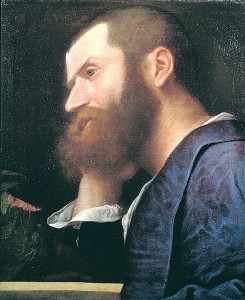 At least partly, that’s because he had a good press agent.
At least partly, that’s because he had a good press agent.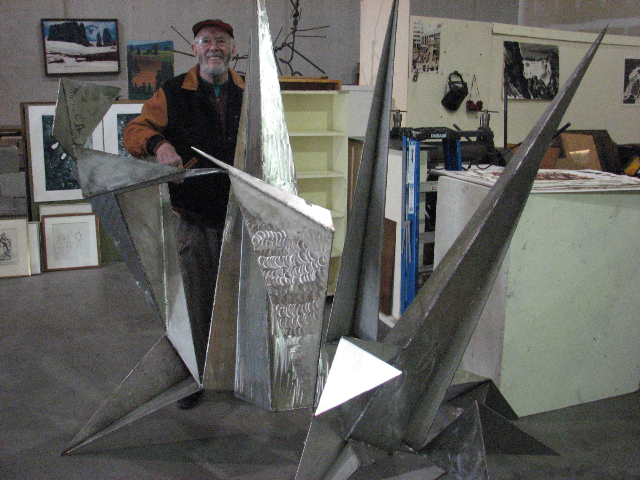
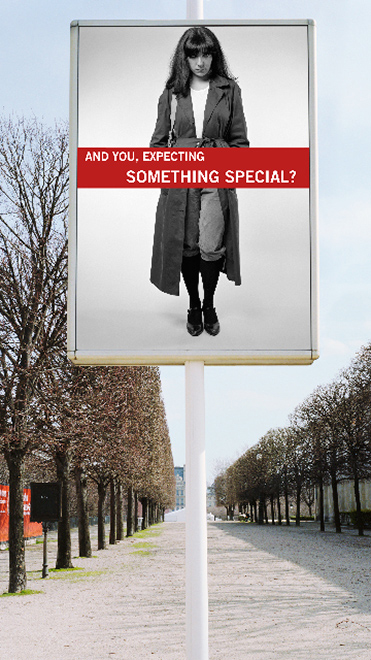
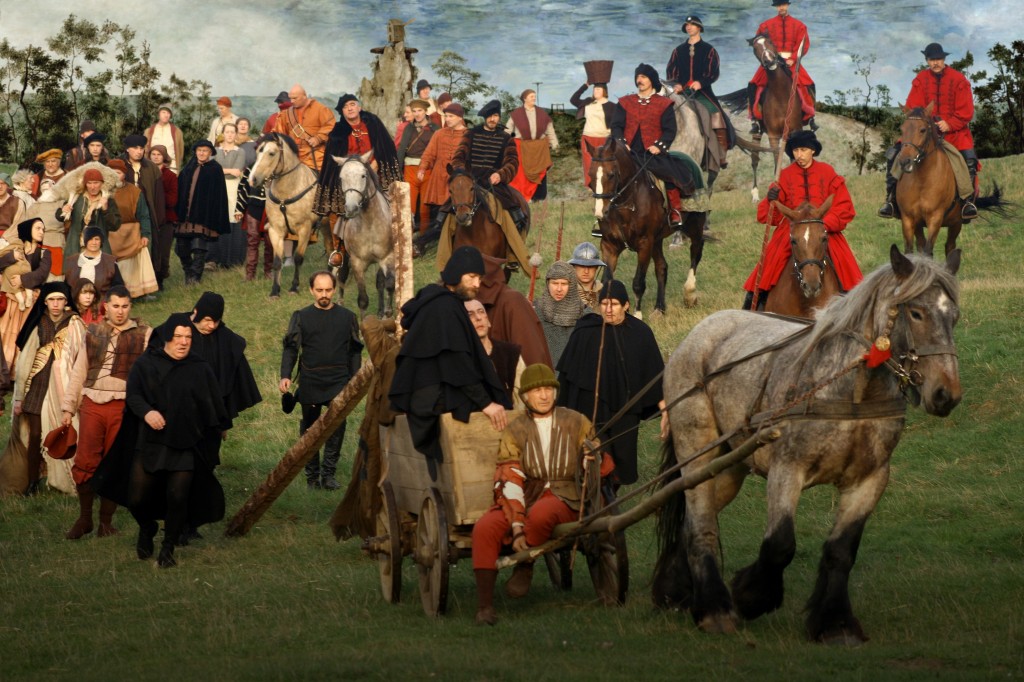 Kino Lorber, Inc.
Kino Lorber, Inc. Margot Voorheis Thompson/Sitka Invitational
Margot Voorheis Thompson/Sitka Invitational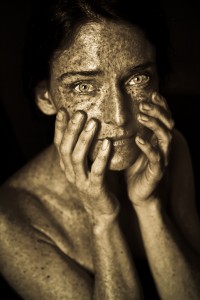 As always there’s a lot to see, more than any sane person can manage in a single evening. I have this
As always there’s a lot to see, more than any sane person can manage in a single evening. I have this 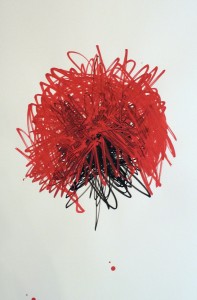
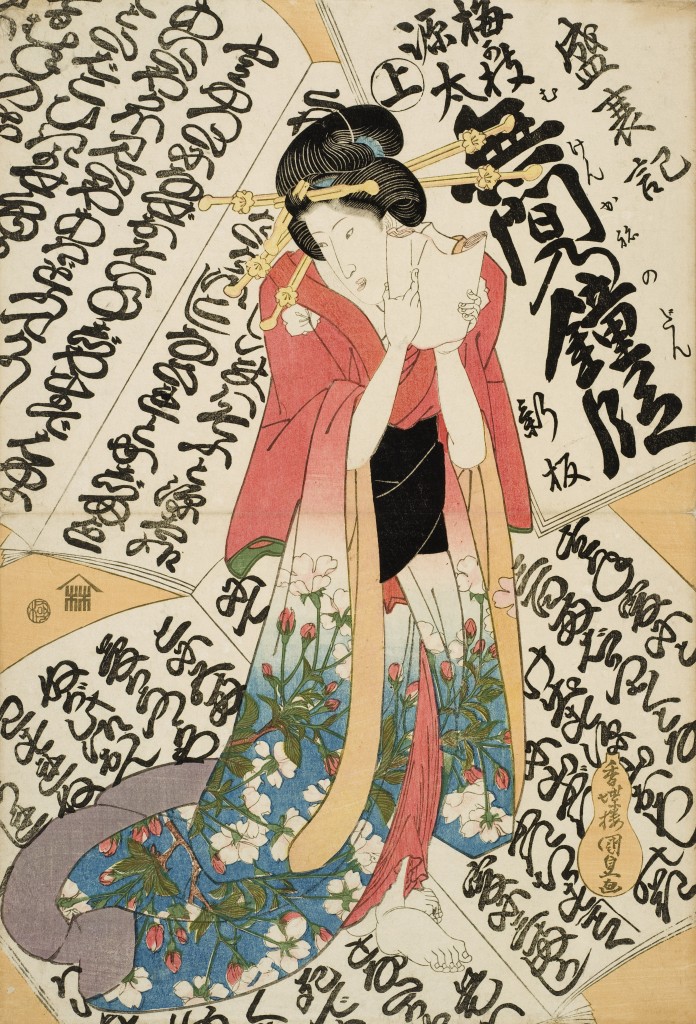 The
The  Tom Prochaska, So Much To Do, Froelick Gallery
Tom Prochaska, So Much To Do, Froelick Gallery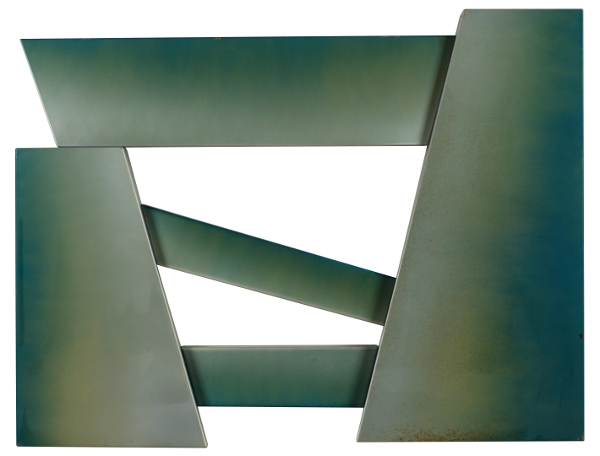
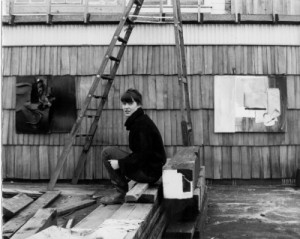 Even in local and regional scenes, people get lost, especially after they’ve died: Out of sight, out of mind. In a way
Even in local and regional scenes, people get lost, especially after they’ve died: Out of sight, out of mind. In a way 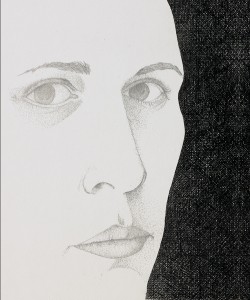 The new baby arrived the other day, and it’s a whopper: 12.2 inches long, 10.3 inches across, almost 2 inches thick and 8.5 pounds. It came after a labor so long you don’t want to contemplate it, but when it finally arrived it came out handsome and beautifully illustrated.
The new baby arrived the other day, and it’s a whopper: 12.2 inches long, 10.3 inches across, almost 2 inches thick and 8.5 pounds. It came after a labor so long you don’t want to contemplate it, but when it finally arrived it came out handsome and beautifully illustrated.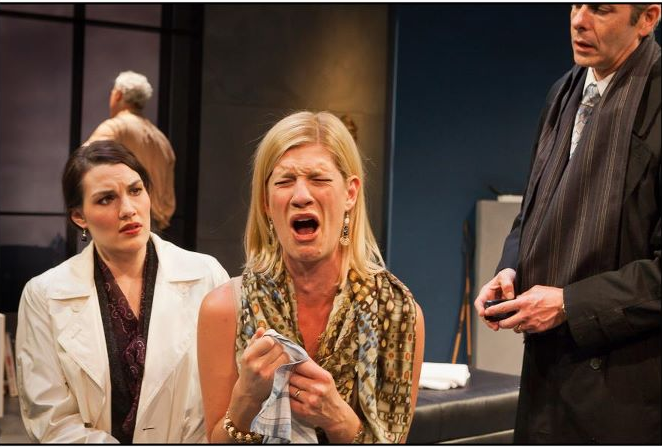
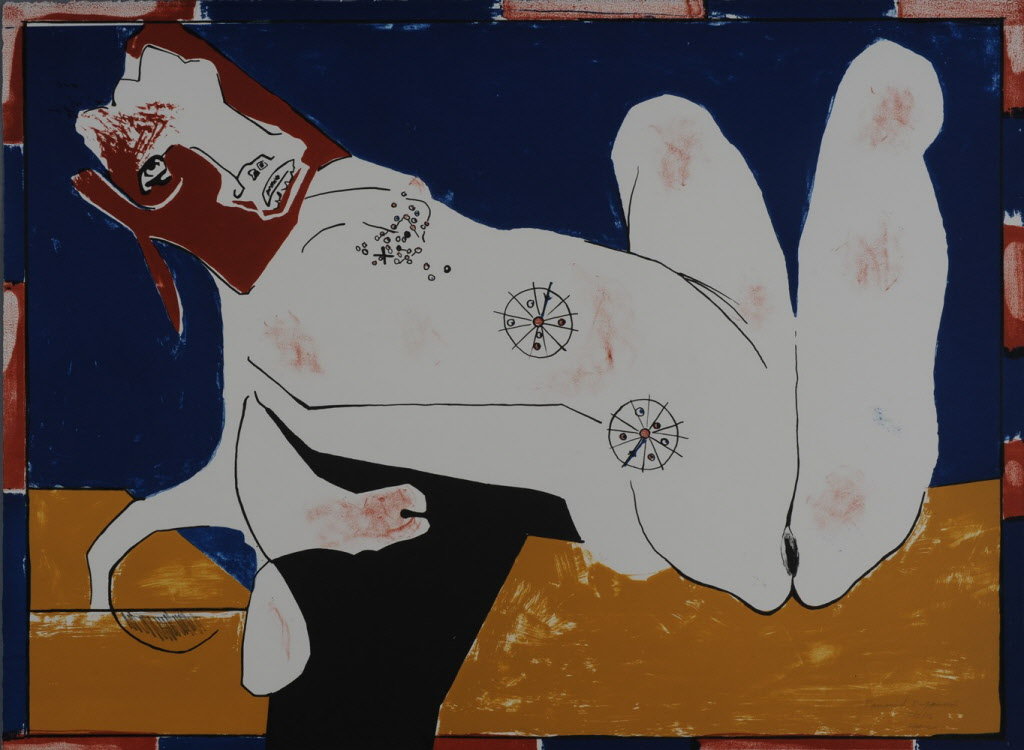
 Pacific Northwest College of Art
Pacific Northwest College of Art I never really knew Jack, although I talked with him several times. In the 1970s and ’80s I used to frequent the old Image Gallery that he and his wife Barbara ran downtown, a pioneer space that included Inuit and Mexican and other “folk” art in addition to McLarty’s own brand of homegrown modernism — pretty much no one of note was as intensely a Portland artist as he was. I reviewed a couple of his shows, briefly, and always enjoyed the long chatty letters that Barbara sent out, blends of professional marketing and family updates. I sometimes thought of McLarty as a sort of flip-side
I never really knew Jack, although I talked with him several times. In the 1970s and ’80s I used to frequent the old Image Gallery that he and his wife Barbara ran downtown, a pioneer space that included Inuit and Mexican and other “folk” art in addition to McLarty’s own brand of homegrown modernism — pretty much no one of note was as intensely a Portland artist as he was. I reviewed a couple of his shows, briefly, and always enjoyed the long chatty letters that Barbara sent out, blends of professional marketing and family updates. I sometimes thought of McLarty as a sort of flip-side